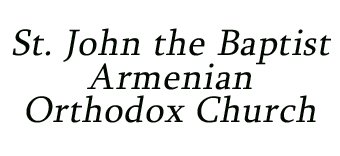Latest News & Articles
All the news that are relevant for our community
All the news that are relevant for our community
We all have something in our lives that reminds us of where we come from. It could be a family heirloom, a tradition passed down through generations, or even a place that holds deep meaning in our hearts. For us, as Armenians, one of the most powerful connections to our history, to our faith, and to our identity is Muron, the blessed oil of the Armenian Church.
Throughout the history of our Church, Muron has symbolized an indelible mark, the seal of the Holy Spirit upon the faithful. Whether at baptism, ordination, or the consecration of churches and paintings, it serves as a reminder of who we are in Christ. It speaks of our belonging to something far greater than ourselves—the Armenian Apostolic Church, the body of believers who share in the life, death, and resurrection of our Savior.
Rupen Chilingirian was born on February 28, 1885, in the village of Silivri (Eastern Thrace), near Constantinople. He received his elementary education at the Askanazian school and then at the lyceum of Bardizag until 1901, when he moved to Constantinople. He graduated from the prestigious Berberian School in 1905, when he published his first poem, “Parting Words,” and adopted the pen name Rupen Sevag (sevag meaning “black eyes”). He would become mostly known as a lyrical poet, characterized by freshness and precision of language. He contributed to many publications in the Ottoman capital and abroad.
Sevag pursued medical studies at the University of Lausanne (Switzerland). The double massacre of Adana, with 30,000 victims in April 1909, influenced the work of the young poet, who also issued warnings about the impending danger over his compatriots. In 1910, he published his first collection of poetry, aptly entitled The Red Book, where he also touched upon the themes of social injustice, complaint, and rebellion.
